परिचय
Harshavardhana, often simply known as Harsha, was one of the most influential monarchs of early medieval India. Ruling from 606 to 647 CE, his reign marked a crucial moment in the political and cultural resurgence of North India following the disintegration of the Gupta Empire. Harsha’s consolidation of territory, alongside his deep patronage of art and learning, ushered in an era frequently described as a “renaissance” preceding the later medieval period. His court, centered at Kannauj, became renowned for cosmopolitanism, generosity, and intellectual vibrancy.
Origins and Ascent to Power
Harsha was born around 590 CE, the second son of Prabhakaravardhana, ruler of Thanesar, and a scion of the Pushyabhuti (Vardhana) dynasty. After the tragic murder of his elder brother, Rajyavardhana, by the Gauda king Shashanka, and the political imprisonment of his sister Rajyashri, Harsha swiftly rose to power at age 16. He rescued and reinstated his sister, and united the kingdoms of Thanesar and Kannauj, laying the foundation for a unified northern rule.
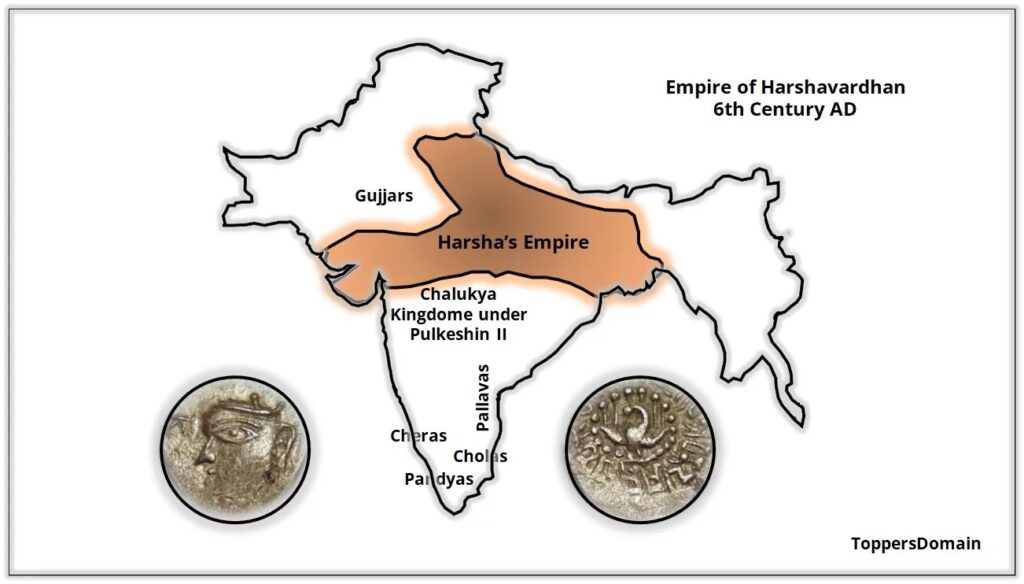
Military Campaigns and Territorial Expansion
Harsha’s initial campaigns were aimed at restoring and expanding the stability lost after the fall of the Guptas:
- Unification of Northern India: He conquered and integrated regions including Punjab, Bengal, Orissa, and parts of the Indo-Gangetic plain. His control extended from the Himalayas in the north to the river Narmada in the south, with boundaries touching Assam (Kamarupa) and Nepal in the east and Sind in the west.
- Feudatories and Administration: The empire consisted of directly ruled provinces (including Central Provinces, Bengal, Gujarat, Kalinga, and Rajputana) as well as various feudatory states acknowledging Harsha’s overlordship (Jalandhar, Kashmir, Kamarupa, Sind, Nepal). These feudatories enjoyed some autonomy but were integrated firmly into Harsha’s imperial administration.
- Southern Resistance: Harsha’s southern ambitions were checked by Pulakeshin II, the Chalukya king, who repelled his advance at the Narmada River around 618–619 CE. As per their treaty, Narmada became the southern boundary of Harsha’s dominion.
Governance and Administrative System
Harsha’s administration drew much inspiration from earlier Gupta models:
- Centralized Structure: The empire was organized into provinces (Bhukti), districts (Visaya), and smaller units (Pathaka and Grama), governed by appointed officials such as Bhogapatis and Gopas. While centralized, local and regional bodies retained autonomy, especially in village self-governance.
- Council of Ministers: High officials advised the king and handled crises. The king personally undertook inspection tours and was deeply involved in justice and welfare, emphasizing dharma and fairly mild punishments.
- Revenue and Charity: Harsha maintained an efficient tax system, dedicating a significant portion (up to one-fourth) of revenue to charitable works, including free hospitals, rest houses, and distributive charity like public granaries and alms.
- No Slavery: His reign is noted for the absence of slavery, and a humanitarian spirit characterized governance and social policy.
Cultural Renaissance and Patronage
Harsha presided over a golden age of culture, learning, and religion:
- Literature and Scholarship: Harsha was a distinguished Sanskrit playwright, with acclaimed works such as Ratnavali, Priyadarsika, और Nagananda. His court poet, Banabhatta, authored the celebrated Harshacharita, providing a rich account of Harsha’s life and times.
- Art and Architecture: The period saw the flourishing of temple architecture, rock-cut caves, and Buddhist structures, including support for Nalanda University and new monasteries across eastern India.
- Religious Pluralism: While personally a supporter of Mahayana Buddhism, Harsha was broadly tolerant—endowing monasteries, Hindu temples, and Jain establishments alike. The famous Chinese traveler Xuanzang (Hiuen Tsang) visited his court, lauding Harsha’s generosity, fair rule, public charity, and openness to religious debate.
Social Welfare, Public Works, and Economy
- Hospitals and Dispensaries: Harsha set up free hospitals and medical centers, a rarity in the ancient world, and built extensive networks of roads, rest houses, and market towns.
- Trade and Commerce: The annexation of western provinces, better infrastructure, and coinage reforms promoted internal and external trade, facilitating economic revival after centuries of instability post-Gupta era.
- Support of Education: Harsha’s patronage elevated universities like Nalanda and encouraged both Brahmanical and Buddhist learning.
Foreign Relations
- Diplomatic Prestige: Harsha attracted embassies and visitors from distant lands, including the Tang dynasty of China. His kingdom’s reputation for peace, prosperity, and intellectual life became known much outside India.
- Xuanzang’s Account: The Chinese pilgrim described India under Harsha as largely peaceful, with a charitable, orderly society and a king admired by his people.
Decline and Legacy
Harsha died in 647 CE without an heir. With his passing, his vast empire quickly disintegrated, fragmenting into smaller kingdoms and facilitating the advance of later dynasties and, eventually, Muslim invasions. Despite this, Harsha is remembered as the last major Hindu ruler to unite North India until the arrival of the Delhi Sultanate centuries later.
Interesting Facts
- Harsha donated generously to the poor—every five years, he convened a great assembly at Prayag, distributing alms personally to thousands, including monks and commoners.
- He built and supported the renowned Nalanda University, making it an international center for Buddhist studies.
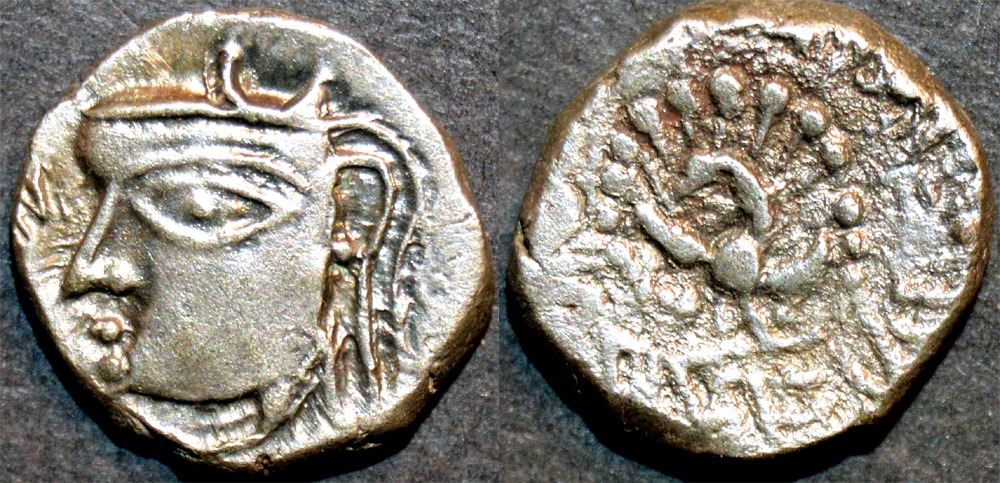
- His court included the legendary scholar Banabhatta and was home to intellectual debate from multiple religious traditions.
- Harsha’s reign is said to have been marked by the absence of capital punishment and emphasis on rehabilitation over retribution.
निष्कर्ष
Harshavardhana’s reign in the 7th century marks a watershed in early medieval Indian history—a period balancing imperial strength with cultural richness, welfare, religious tolerance, and intellectual ferment. Though his political achievements faded soon after his death, the vibrant legacy of art, literature, and humane governance has echoed across centuries as a high point between the ancient and medieval eras of the Indian subcontinent.

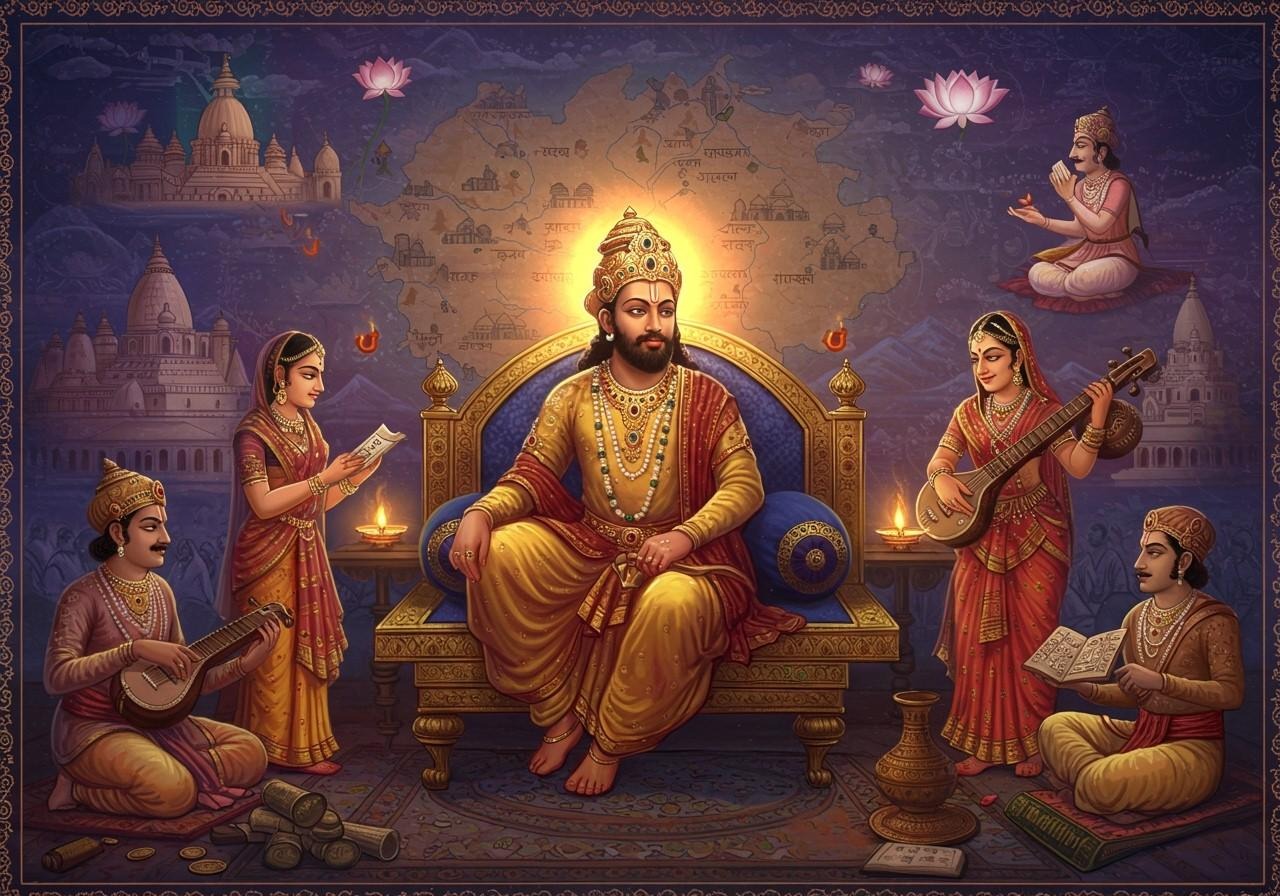
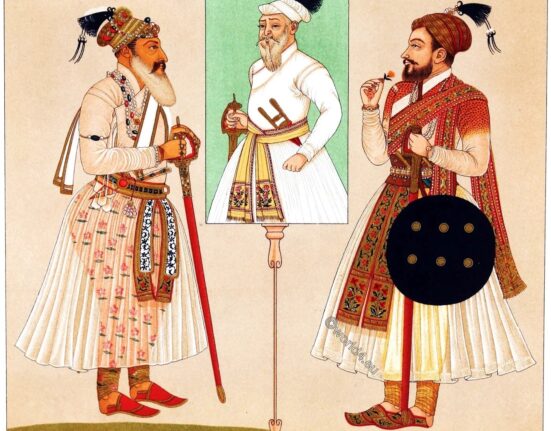
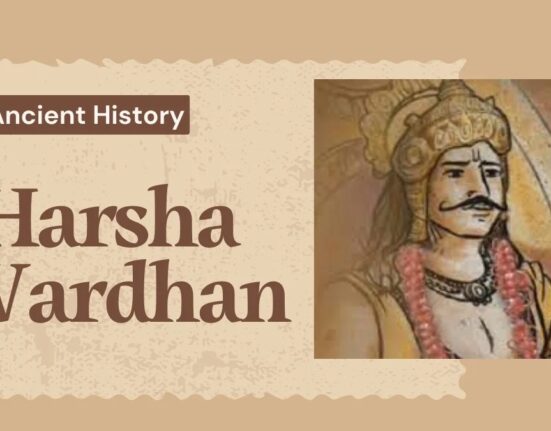

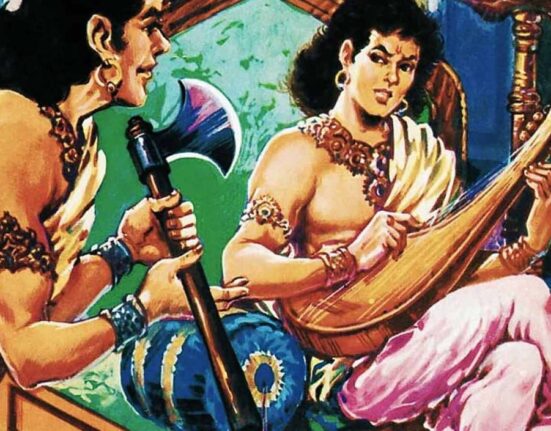

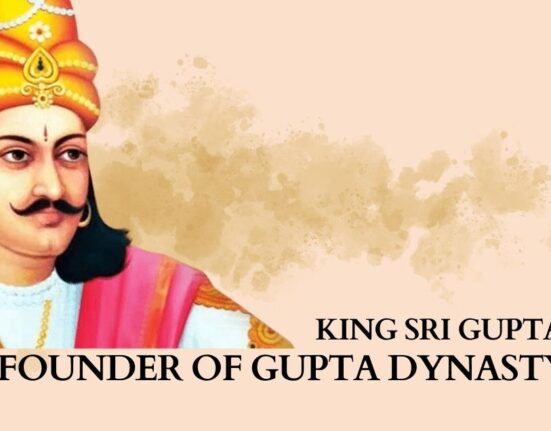
इस बारे में प्रतिक्रिया दें